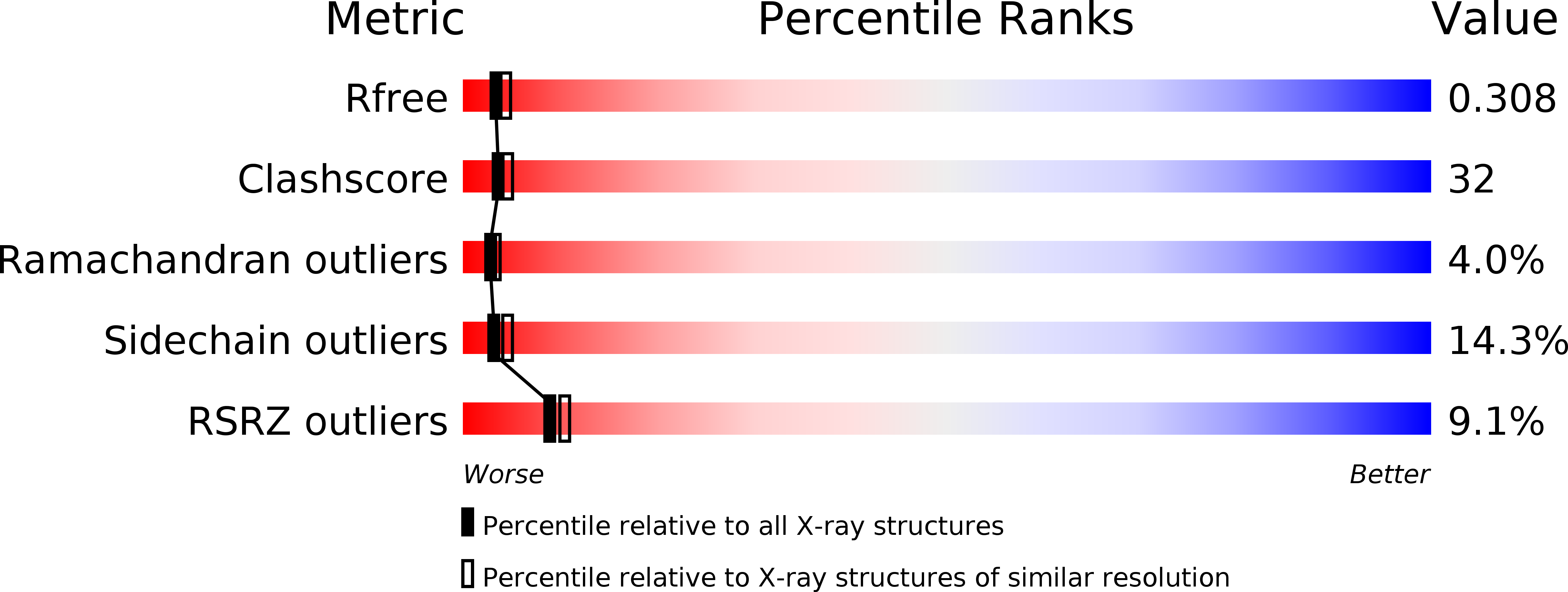
Deposition Date
2004-03-22
Release Date
2004-06-15
Last Version Date
2023-08-23
Method Details:
Experimental Method:
Resolution:
2.75 Å
R-Value Free:
0.28
R-Value Work:
0.24
R-Value Observed:
0.24
Space Group:
P 1 21 1


